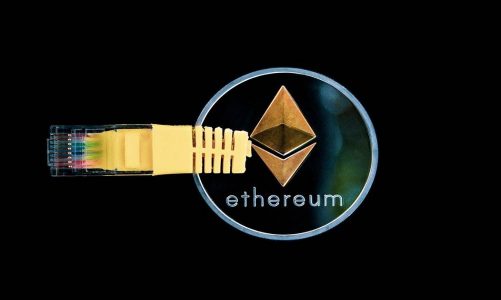Quantum computers can be implemented on different physical platforms using different qubits. A qubit is a quantum system in a superposition of two states, denoted as |0> and |1>. Qubits can be connected through quantum entanglement, allowing complex calculations to be carried out. Several basic parameters characterize quantum computers:
- Number of qubits – determines the size of the quantum state and the amount of information that can be stored and processed on a quantum computer. The more qubits, the more opportunities for solving complex problems.
- Coherent time – determines when the qubit retains its quantum state without losing information due to external factors. The longer the coherent time, the more reliably the quantum computer works.
- Speed of operations – determines the time required to perform one elementary operation on one or more qubits. The higher the speed of operations, the faster the quantum computer works.
- The precision of operations – determines the probability of error when performing one elementary operation on one or more qubits. The lower the accuracy of the operations, the more noise and distortion are introduced into the calculations.
- Scalability – determines the ability to increase the number of qubits and the connections between them without sacrificing performance and reliability. The higher the scalability, the greater the potential for developing a quantum computer.
Currently, several main types of qubits are used to create quantum computers:
- Superconducting qubits are based on electrical circuits made of superconducting materials with two discrete energy levels. Superconducting qubits have a high speed of operations and scalability but low coherent time and accuracy of operations. Superconducting qubits are used in IBM, Google, Intel, and Rigetti quantum computers.Ionic qubits are based on charged atoms (ions) trapped by an electric or magnetic field. Ionic qubits have high coherent time and accuracy of operations but the low speed of operations and scalability. Ionic qubits are used in the IonQ and Alpine Quantum Technologies quantum computers.
- Photonic qubits are based on light particles (photons) that can be encoded by polarization or frequency. Photonic qubits have high coherent time and speed of operations but the low accuracy of operations and scalability. Photonic qubits are used in Xanadu and PsiQuantum quantum computers.
- Spin qubits are based on the spin of an electron or the nucleus of an atom, which can be oriented up or down. Spin qubits have average coherent time and accuracy of operations but high scalability. Spin qubits are used in Intel and QuTech quantum computers.
Conclusion
This review covers the basic concepts, principles, types, applications, players, challenges, and prospects of the quantum computing industry. Quantum computers are computing devices that use quantum mechanics to transmit and process data. They have the potential to solve problems that even the most powerful supercomputers of our time cannot cope with. However, the construction and maintenance of quantum computers require the use of complex technologies and materials, as well as special conditions. Developing new software and standards for quantum programming and computing is also necessary. The quantum computing industry is at an early stage of development and has many problems and challenges, but also great prospects for creating new opportunities and values for humanity.
Also Read: Consideration Of Key Players In The Quantum Computing Industry



